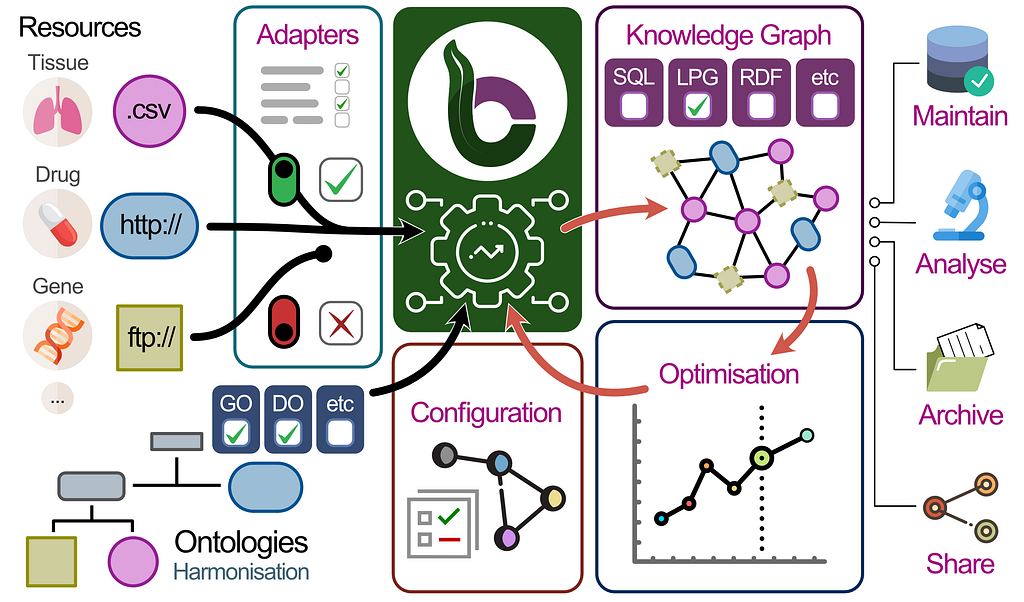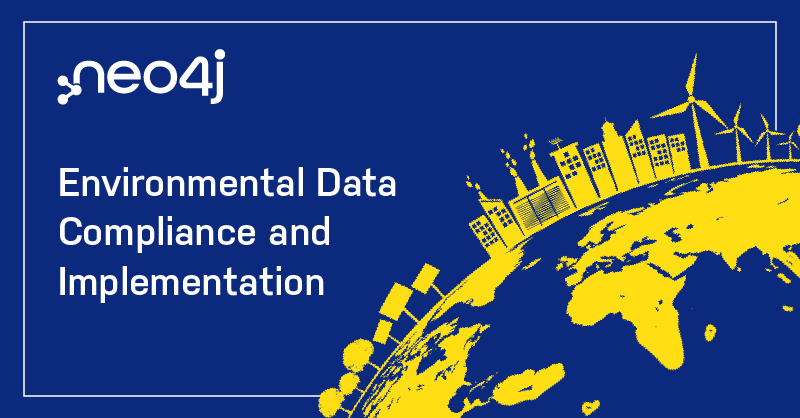Combating Disease Using Graphs: The 5-Minute Interview With Henrik Enquist

Senior Customer Advocacy Manager, Neo4j
2 min read

“As a beginner starting to use Neo4j for the first time, I would say just go with it, try it, play with a movie example data set, and just get familiar with it. It’s really quite logical once you figure out the first few steps,” says Henrik Enquist, Advanced IT Developer at Novo Nordisk.

Our 2022 European GraphSummit roadshow wrapped up in Copenhagen this year, where we welcomed a number of bright minds to share their graph stories and scenarios. Henrik Enquist, Advanced IT Developer for Novo Nordisk, was among the presenters.
Novo Nordisk is a Denmark based global healthcare company that was founded all the way back in 1923. Their mission is to defeat diabetes – and other serious chronic diseases – by driving sustainable change. Pretty important stuff.
Henrik’s talk shared how they are leveraging graph technology for clinical standards and trials, and he also talked about what they see happening on the horizon of these intersections. We got the pleasure of catching up with him afterwards and asked him a few questions for our 5-Minute Interview series. Learn more about the critical and inspiring work he’s doing using Neo4j. Enjoy!
Please introduce yourself.
Henrik Enquist: My name is Henrik Enquist, I work for Novo Nordisk as a software developer. And I work in the StudyBuilder department where we use the Neo4j database behind or beneath a system for managing clinical trials and mainly to handle the clinical standards used in clinical trials.
What are some surprising results you’ve seen from using Neo4j?
Henrik Enquist: Yeah. The way we use the Neo4j database, it’s to describe connections between terms used in clinical trials and the standards that we connect to. It’s been really convenient as a way to connect standards to standard terms and to make these links between things that are very difficult in a normal traditional database.
Do you have any advice for someone getting started with Neo4j?
Henrik Enquist: As a beginner starting to use Neo4j for the first time, I would say just go with it, try it, play with a movie example data set, and just get familiar with it. It’s really quite logical once you figure out the first few steps and then you kind of funnel naturally from there.
What do you think is in store for the future of graph technology?
Henrik Enquist: It seems that data nowadays is getting more and more connected. We’re becoming more and more linked by different things. That’s where I think graph databases are really going to help by being well adapted for it – this is the way data actually looks nowadays and it’s not being forced to fit in a square table. So yeah, the more linked, the more suitable the graph becomes to describe the model.








